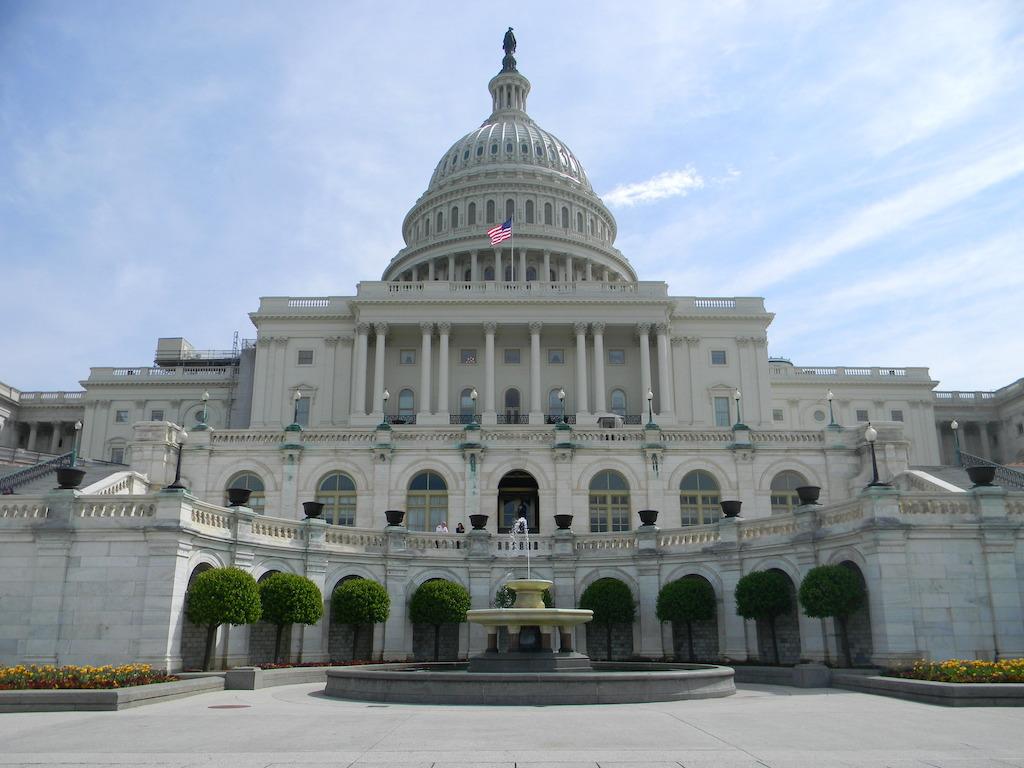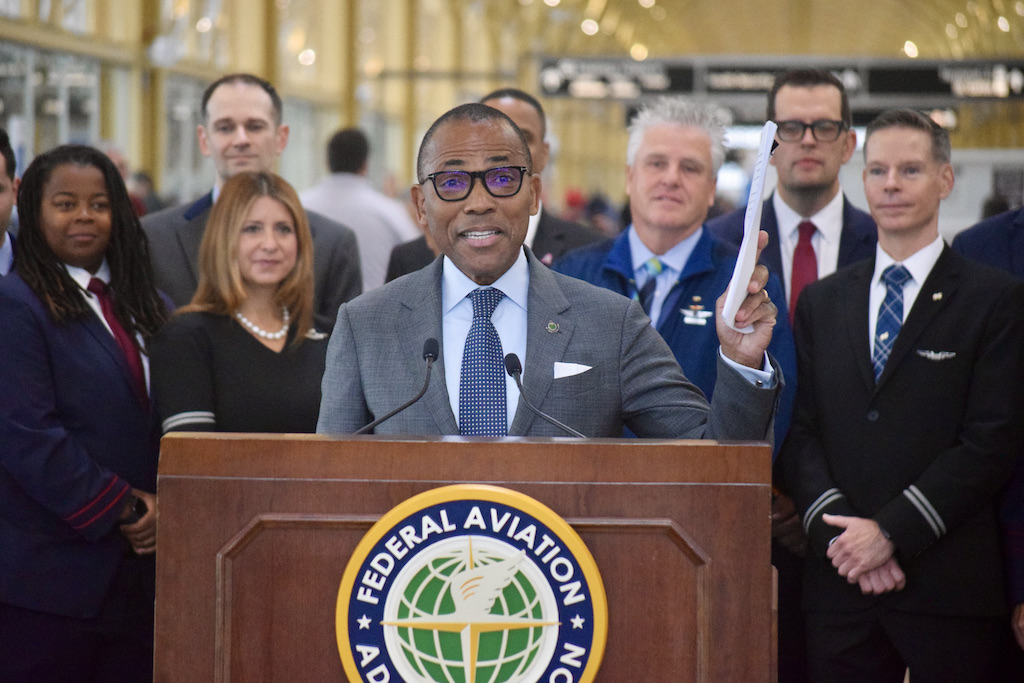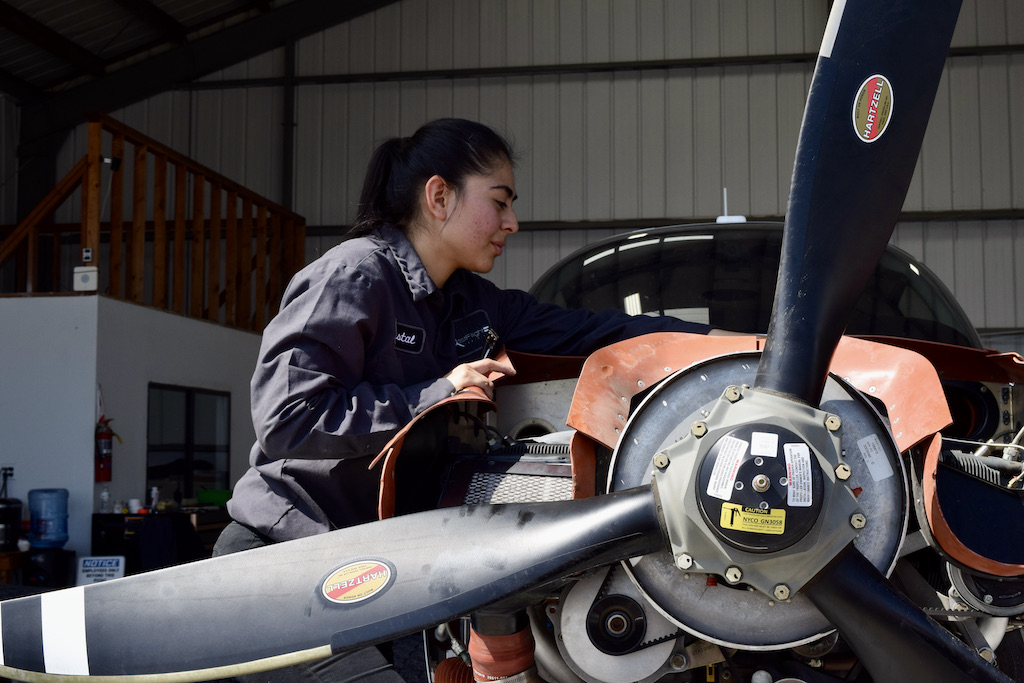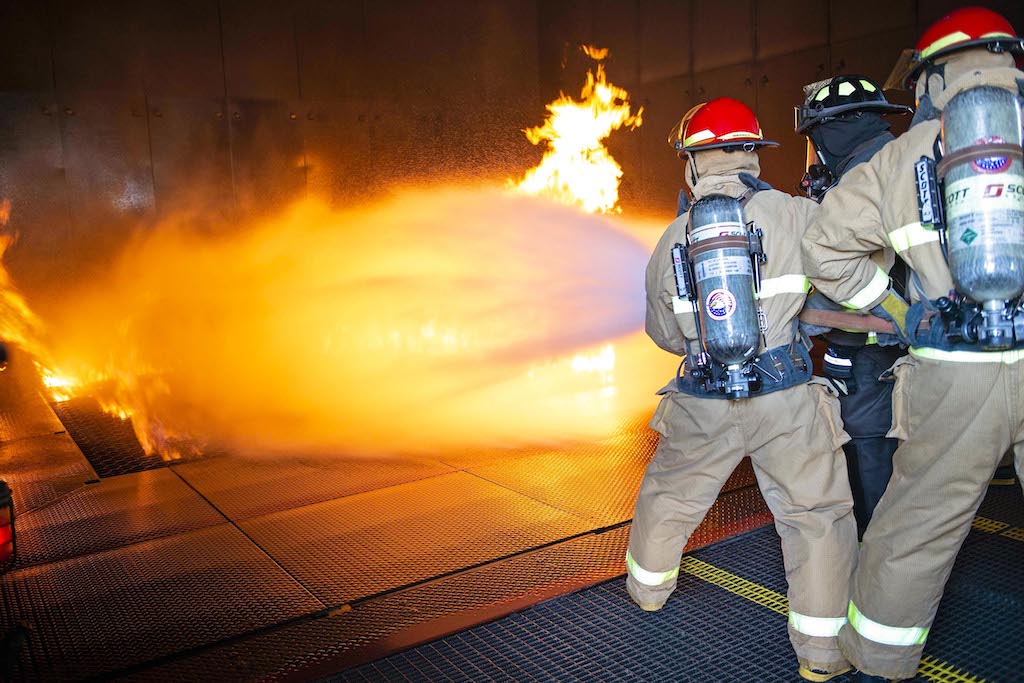
There has been a shift in the power structure on Capitol Hill in Washington, with Republicans taking control of the U.S. House and Democrats retaining a slim majority in the Senate.
Streamlining FAA certification and approval processes, cultivating a future workforce, meeting environmental challenges and setting the stage for new aircraft entrants are foremost among business aviation legislative priorities for a new U.S. Congress.
Among the pressing issues for lawmakers who convened for the 118th Congress in January is FAA reauthorization. The current legislation to renew the agency’s funding and authorities passed in 2018 and expires in September. The bill represents the first major multiyear reauthorization of the FAA since 2012; the prospects of Congress approving a new multiyear bill before it expires were uncertain.
Reauthorization legislation sets an agency’s program funding levels over a fixed period; Congress passes appropriations bills each year allowing agencies to spend the money that has been authorized. The FAA was operating under a budget of $18.6 billion for fiscal year 2023—funding that was contained in the $1.7 trillion omnibus appropriations bill the 117th Congress approved and President Joe Biden signed into law on Dec. 29, 2022.
The $1.2 trillion Bipartisan Infrastructure Law that Biden signed in November 2021 will add $5 billion in advanced annual appropriations to the FAA’s fiscal 2023 budget, increasing it to $23.6 billion. The law commits $25 billion for aviation over five years: $15 billion for airport infrastructure projects, $5 billion to replace airport terminals and $5 billion to modernize air traffic facilities.
When Congress does approve new reauthorization or other legislation, trade associations representing the general aviation (GA) industry want to see the FAA’s certification and oversight processes shortened and made more efficient. In November 2022, the agency issued a final rule extending the duration of aircraft registration intervals to seven years from three years as of Jan. 23, satisfying an amendment that was introduced in the 2018 bill. But as it emerges from the COVID-19 pandemic, the FAA is managing through an attrition of leadership and experience in its ranks that creates drag on the industry it regulates.
The agency has said that 40% of its certification personnel have less than two years’ experience working at the FAA, notes Paul Feldman, General Aviation Manufacturers Association (GAMA) vice president of government affairs. “There is a huge backlog of not just rules but regulatory policy guidance materials, things that our members need to get product to market,” says Feldman. “There’s been some improvement getting those materials out, but they’re still struggling with that.”
FAA technology and equipment constraints were revealed in glaring fashion on Jan. 11 when the agency’s Notice to Air Missions (NOTAM) system malfunctioned, causing the first nationwide ground stop since the Sept. 11, 2001, terrorist attacks. The FAA said a preliminary analysis had determined that a data file “was damaged by personnel who failed to follow procedures.”
The NOTAM system breakdown “highlights a huge vulnerability in our air transportation system,” said U.S. Rep. Sam Graves (R-Missouri). “This incident also underscores the number of empty desks and vacant offices at the FAA. Centuries of combined experience has gone out the door in the past several years and far too few of these positions have been filled. The FAA does not run on autopilot—it needs skilled, dedicated and permanent leadership in positions across the agency, starting with the administrator’s office.”
Naming Permanent Leadership

Billy Nolen, formerly head of the FAA’s Aviation Safety organization (AVS-1), has led the agency as acting administrator since April 2022, after former Administrator Steve Dickson unexpectedly stepped down halfway through his five-year term. President Joe Biden nominated Denver International Airport CEO Phil Washington to the post last July.
But the appointment of a permanent administrator, which requires Senate confirmation, foundered when Washington’s name surfaced in a corruption investigation by the Los Angeles County Sheriff’s Department, relating to his tenure as a former CEO of LA Metro. Washington has denied any wrongdoing, and Biden renominated him to serve as FAA administrator on Jan. 3.
In the wake of the NOTAM system outage, Senate Majority Leader Chuck Schumer said Jan. 15 that he would “push to clear the bureaucratic logjam” preventing Washington’s confirmation, which he blamed on Republicans.
Sen. Ted Cruz (R-Texas), ranking member of the Senate Subcommittee on Aviation Safety, Operations and Innovation, derided the nomination of Washington during a September 2022 hearing at which he also called out “more than a dozen important roles” at FAA being served by acting officials.
“Even when the administration finally sends us a nominee for FAA administrator, they send someone with almost zero aviation experience—a requisite for the job—and who as recent news has highlighted, has more than a little bit of scandal surrounding him,” Cruz charged. “It is more than a little rich watching the transportation secretary beat up on the airlines when he seems to simultaneously ignore the absolute hollowing-out of the FAA and the lack of confirmed, permanent leadership.”
Industry representatives believe a permanent administrator reinforces stability and consistency at the agency. “There is a real concern about moving forward and getting a confirmed administrator,” Feldman says. “Part of that as well is they took the head of AVS-1 [Nolen] and made him the acting administrator. What that caused within the safety organization is a lot of people who are doing great jobs but are in acting positions right now because it created a ripple effect.”
The National Air Transportation Association (NATA), which represents FBOs, Part 135 carriers, fractional ownership companies and other aviation businesses, seeks improvements in the FAA’s check pilot functions for charter operators and Part 135 aircraft conformity approvals.
“Our members have experienced very inconsistent timelines and processes at the various [FAA] district offices,” says Karen Huggard, NATA vice president of government affairs. “We are hoping that FAA can be mandated or directed to work with industry to review these current processes and come up with recommendations to modernize processes and make sure that the FAA workforce is allocated correctly to avoid bottlenecks.”
“There’s a huge queue right now in the certification process,” Huggard adds. “We had a member report that it took two years to get a new 135 certificate approved, and this is someone who has been in the industry, has plenty of experience and had [everything] in order to start the process.”
Aviation Workforce Grants

GA associations are aligned in advocating for the extension and possible enlargement of the Aviation Workforce Development Grant Program for pilots and maintenance technicians, another legacy of the 2018 legislation.
“We look forward to building on programs from the 2018 FAA bill, including grant programs to support the education of future pilots, the recruitment of much-needed aviation technicians and the introduction of other much-needed professionals into our sector,” NBAA President and CEO Ed Bolen stated in testimony to the Senate Subcommittee on Aviation Safety, Operations and Innovation. The recommendations of two groups that Congress ordered formed in the last reauthorization bill—the Youth Access to American Jobs in Aviation Task Force and the Women in Aviation Advisory Board—“will provide excellent starting points along these lines,” Bolen said.
The FAA accepted the final applications from schools and other entities for Aviation Workforce Development Grants last June; the so-called “625” grants have proven “wildly popular,” says Huggard. NATA would also like to explore an expansion of pilot visa approvals to recruit pilots from other countries who have trained in the U.S., and extend federal loan eligibility to include flight schools, she adds.
Firefighting Foams And PFAS

NATA advocates exempting from potential litigation all federally obligated airports, hangar owners, aviation businesses and airport lease holders that have been required to maintain foam fire-suppression systems containing Per- and Poly-Fluoroalkyl Substances (PFAS). Under federal law, military installations and FAA-regulated airports for decades have been required to use Aqueous Film Forming Foam (AFFF) containing PFAS chemicals to suppress aircraft fuel fires.
PFAS chemicals persist in the environment and can move through soils and contaminate drinking water sources. Studies of laboratory animals given large amounts of PFAS indicate that some chemicals may affect growth and development, according to the U.S. Centers for Disease Control and Prevention (CDC). Human health effects from exposure to low levels of PFAS are uncertain, the CDC says.
Congress directed the FAA in the 2018 reauthorization bill to eliminate the mandate within three years. The FAA and the Defense Department (DoD) are testing PFAS-free firefighting foams, with the Navy expected to release a new specification in January 2023, according to the American Association of Airport Executives. In September 2022, the U.S. Environmental Protection Agency published a notice of proposed rulemaking that would designate two PFAS chemicals as hazardous chemicals “and help to hold polluters accountable for cleaning up their contamination.”
“It’s dangerous for the environment and it’s also dangerous for our businesses because it opens them up to potential litigation,” says Huggard. “No. 1, we’re looking for FAA and DoD to fast-track a PFAS-free alternative to AFFF. No. 2, we’re looking for guidance for not just airports but also for aviation businesses located on airports, on how to remediate systems that have had PFAS chemicals in them.”
“There may also need to be some funding for that,” Huggard adds. “We have heard, depending on where you are in the country, that it can cost anywhere from $500,000 up to closer to $1 million dollars to remove a foam fire-suppression system that has fluorine foam in it from an aircraft hangar.”
Under its $15 billion apportionment for airport infrastructure, the Bipartisan Infrastructure Law commits up to $2.39 billion per year for primary airports and up to $500 million for GA airports, based on the formula for Airport Improvement Program (AIP) grants. Only certain projects are eligible for AIP funding, which goes to airports, not aviation businesses, Huggard points out.
NATA wants to revisit AIP funding mechanisms, including a federal cost-share entitlement for GA airports that has remained stagnant at $150,000 per year, and the treatment of all GA airports as one category under the National Plan of Integrated Airport Systems.
In Part 2 of this article, we discuss unleaded aviation fuel, Advanced Air Mobility and the possibility of a standalone GA title in the next FAA reauthorization bill.





